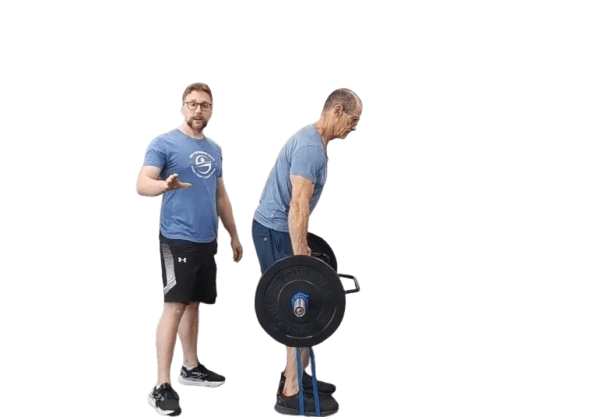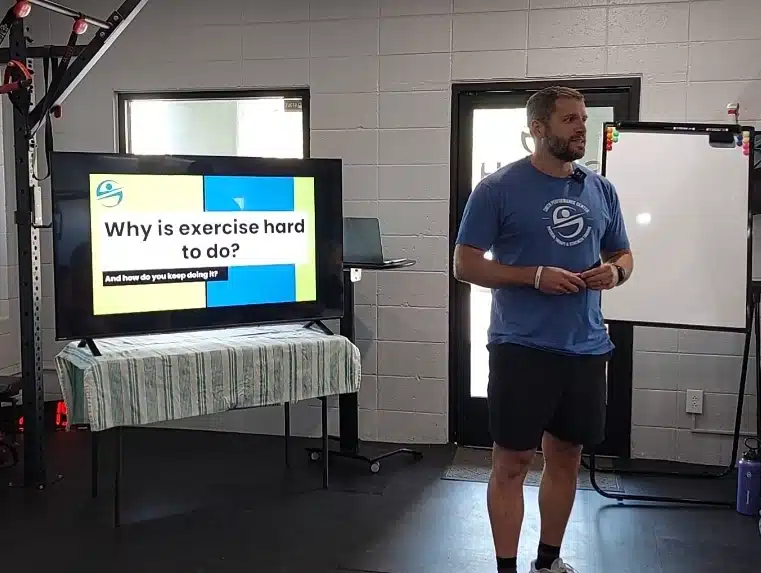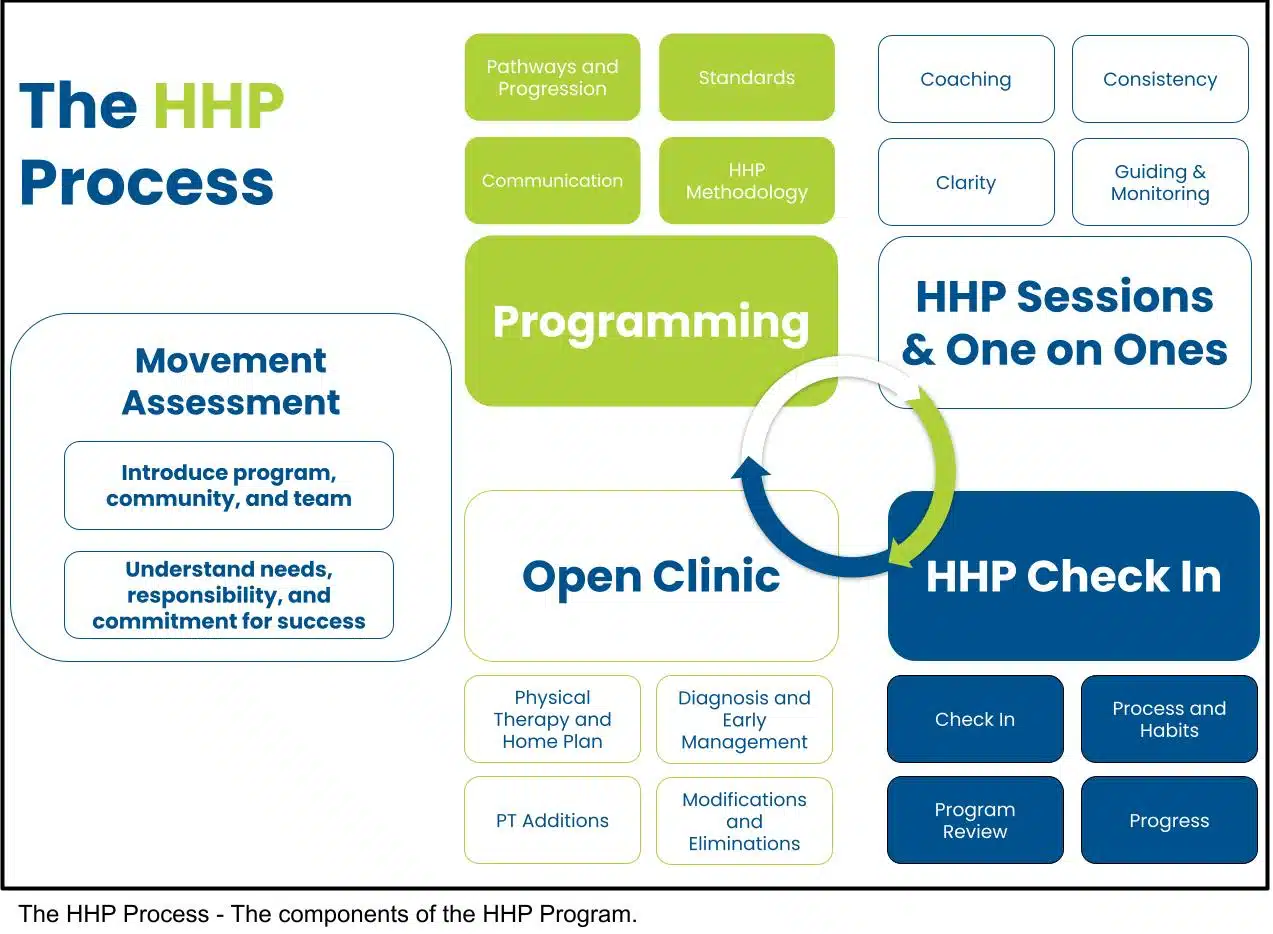Struggling to Stay Consistent with Exercise? You’re Not Alone.
Ever felt stuck in a fitness rut? You want to exercise, but between work, family, and old injuries, it feels impossible to stay consistent. At Smith Performance Center, we make fitness work for real life. Our strength coaches provide expert one-on-one training to help you build strength, recover from injuries, and create a sustainable routine—without the guesswork.

Why Personal Training with a Strength Coach is the Right Choice
We know that maintaining an active lifestyle is difficult. Technology has made life easier but also less active—more driving, more sitting, and less natural movement. Add in work commitments, past injuries, and uncertainty about the right exercises, and it’s no surprise that fitness takes a back seat.
But it doesn’t have to.
Working with a strength coach ensures that you’re training effectively, progressing safely, and staying accountable. Here’s how our one-on-one training at Smith Performance Center can help you overcome common barriers and achieve long-term success.
What Makes a Strength Coach Different from a Personal Trainer?
Not all personal training is the same. At Smith Performance Center, our strength coaches go beyond standard personal training by focusing on movement quality, injury resistance, and long-term progress. Unlike general personal trainers, our strength coaches have advanced knowledge in biomechanics, tissue capacity, and progressive programming, ensuring you build strength safely and effectively along with the full support of a team of strength coaches and physical therapists.
Our one-on-one coaching isn’t just about workouts—it’s about teaching you how to move well for life.
How Our Phase-Based Approach Maximizes Your Results
At Smith Performance Center, our training programs follow a structured, phase-based system to ensure safe and effective progress. Your personal training experience will align with one or more of these key phases:
Phase 3: Activity Progression
In this phase, we focus on restoring movement and strength while addressing any lingering issues from past injuries or mobility restrictions. Training is carefully progressed to minimize setbacks and gradually rebuild endurance and capacity.
Phase 4: Exercise, Maintenance, and Monitoring
Here, the focus shifts to long-term consistency and strength development. You’ll follow a structured plan that includes progressive overload, movement refinement, and ongoing monitoring to ensure continued progress without injury.
Phase 5: Maximize Performance
For those looking to push limits and achieve peak performance, this phase is designed with a specific goal in mind—whether it’s excelling in a sport, increasing strength beyond previous limits, or optimizing endurance. This phase emphasizes advanced strength training, sport-specific conditioning, and high-intensity progression, all tailored to your unique objectives while ensuring proper recovery and injury prevention.

11 Reasons Strength Training with a Coach Will Work for You
1. No More Guesswork
A structured program eliminates uncertainty. Your strength coach designs and adjusts your plan so you always know what to do, ensuring efficient and effective workouts.
2. Stay Accountable & Consistent
Scheduled training sessions keep you committed, eliminating skipped workouts. Your coach ensures you stay on track, no matter how busy life gets.
3. Overcome Motivation Barriers
Struggling to push yourself in workouts? A coach provides motivation, guidance, and support so you stay engaged and driven.
4. Make Time for Yourself
Balancing work, family, and responsibilities makes exercise easy to neglect. One-on-one coaching helps you prioritize your health, ensuring fitness becomes part of your routine.
5. Train Without Wasting Time
Your time is valuable. Instead of guessing what exercises to do, your coach tailors every session to maximize results in minimal time.
6. Improve Form & Reduce Injury Risk
A coach corrects your technique, preventing injuries and ensuring you get the most out of each movement.
7. Build Strength & Mobility for Other Sports
Training isn’t just for the gym. Whether you run, bike, or play sports, your program supports your performance and longevity.
8. Learn How to Train Post-Injury
Returning to exercise after an injury? Our coaches understand tissue capacity and movement limitations, guiding you safely back to strength.
9. Gain Confidence After a Serious Injury
It’s normal to feel hesitant after an injury. Your coach provides step-by-step progression, helping you rebuild confidence and trust in your body.
10. Enjoy a Supportive Environment
Many people avoid gyms due to past negative experiences. Our training environment is welcoming, supportive, and focused on your success.
11. Achieve Your Fitness & Health Goals
Your journey is unique. Your training should be too. We develop a personalized plan that aligns with your goals—whether it’s strength, endurance, weight loss, or overall health.
Your Fitness Journey Starts Here
Do you struggle to maintain an exercise routine?
Life obligations can make it difficult to stay active. We know exercise is important, but the barriers are real.
Let us help you build a sustainable, effective training plan. Our expert strength coaches at Smith Performance Center provide one-on-one training tailored to your needs.
Schedule a Movement Assessment today and take the first step toward a stronger, healthier you!


